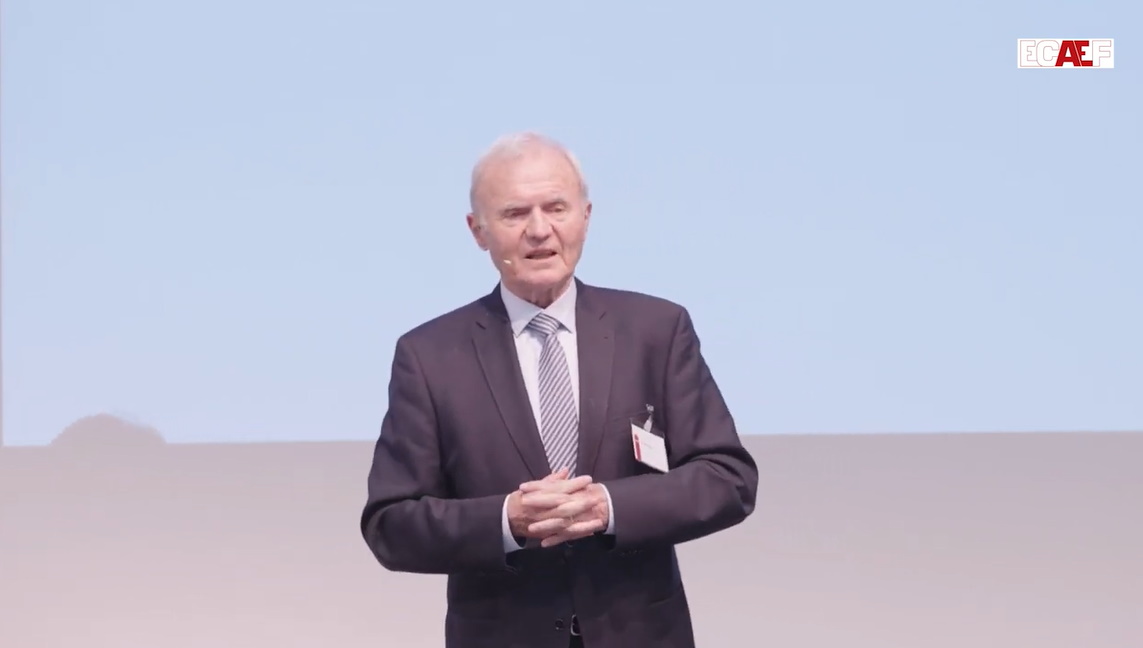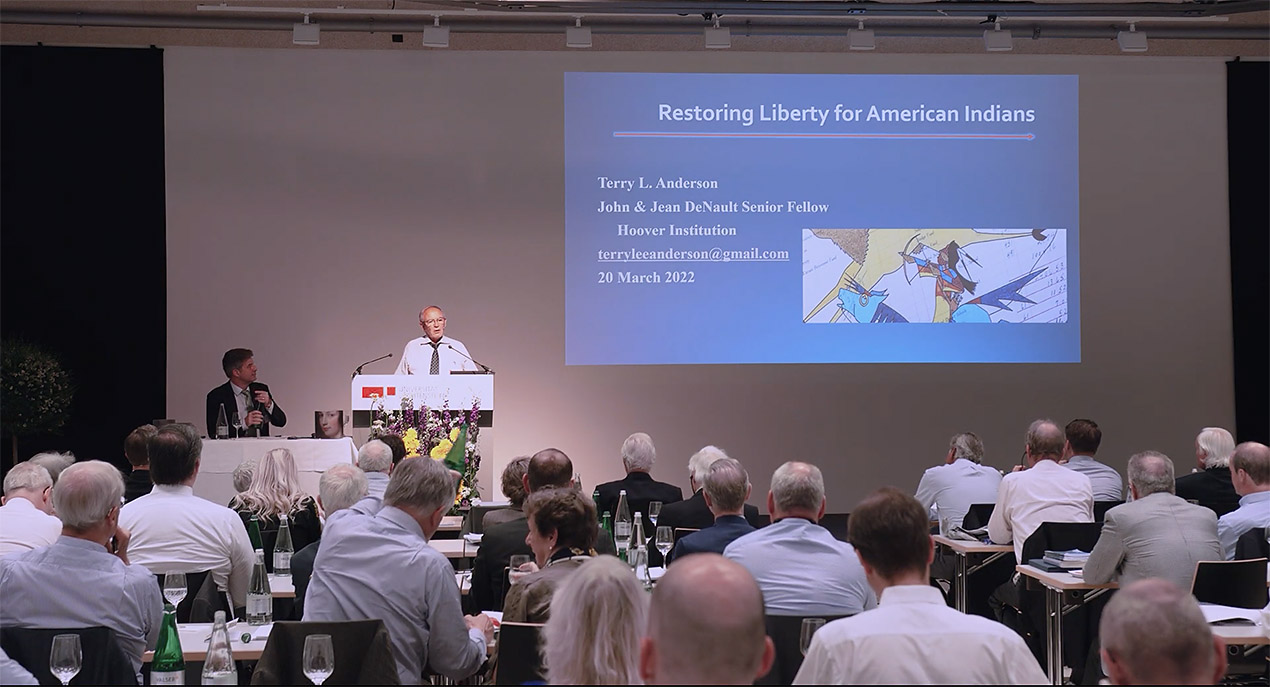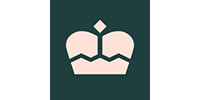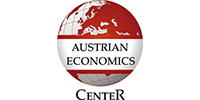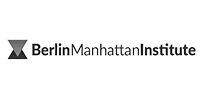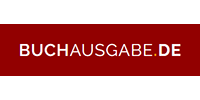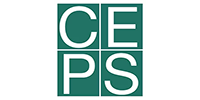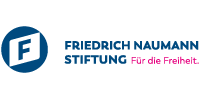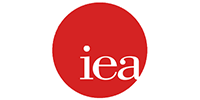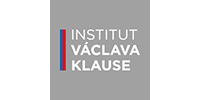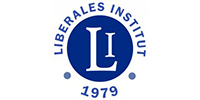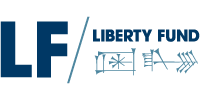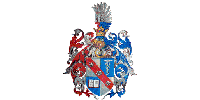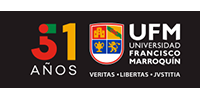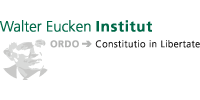Let People Decide Freely What Money They Want to Use
by Johan Norberg*
This paper was presented at the III. ECAEF/CEPROM Conference on “Concurrent Currencies: Curse or Cure?” in Monaco on Dec. 6, 2018. These academic conferences in honor of Jacques Rueff are planned and organized by ECAEF (European Center of Austrian Economics Foundation, Liechtenstein) and hosted in Monaco by CEPROM (Center of Economic Research for Monaco).
As I was pondering the origin and purpose of money, a friend brought me back to reality. He sent me a message from school about a problem with snack boxes. Apparently, the children had started trading food with one another, and turned school into a wild marketplace. Puffed rice cakes in the boxes created bigger problems than anything else because the children had started using them to pay for other goods, and even to buy help and services.

This school doesn’t have a central bank, and yet, the children developed a medium of exchange with all the textbook attributes: It is standardised so that it functions as a unit of account – whereas the fruits they bring vary in quality and size, rice cakes come from the same producer and each unit has the same diameter, weight and taste. And it is a store of value, since it is more durable than perishable fruit. Unlike our fiat money, it is also based on something of real value. If the owner does not want to save for the future, he can always eat his rice cake.
This little story reveals why Carl Menger’s theory of the origin of money as an organic process – “Money has not been generated by law. In its origin it is a social, and not a state institution”1 – is much more realistic than the idea that it started as a government edict. Menger meant that bartering was a hassle since it took a double coincidence of wants. If the baker does not want a copy of my book, I have to find a butcher who does who is willing to exchange it for meat that the baker wants, in order to get my bread. People learn that this hassle is reduced the moment they trade with some good that is in demand by most people. This good eventually becomes money.
This is also the evidence from economic history. Archaeological and historical records show that early civilisations traded with the help of goods like stones, shells, barley, furs and salt. As they became more advanced they began to use precious metals like gold and silver. Puffed rice cakes fits into a long history of economic behaviour …
Read the full version here ->
Let People Decide (PDF)
*Johan Norberg is a Swedish author and historian, devoted to promoting economic globalization and what he regards as classical liberal positions. This paper was presented at the Annual Conference of the Center of Economic Research for Monaco (CEPROM), held at the Oceanographic Museum in Monaco, 5 – 6 December 2018, Monaco.

